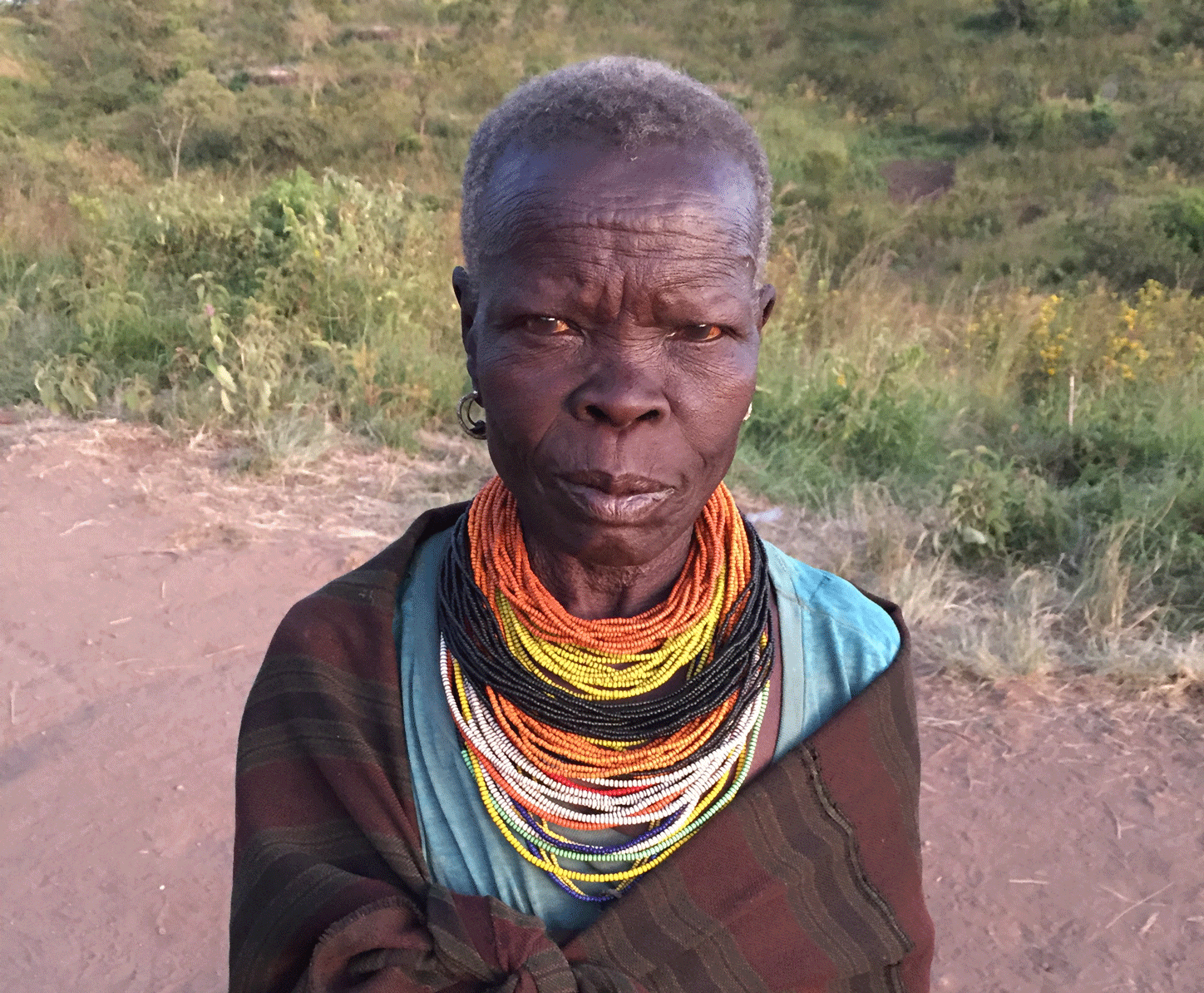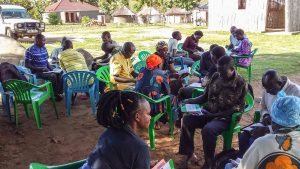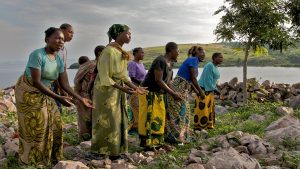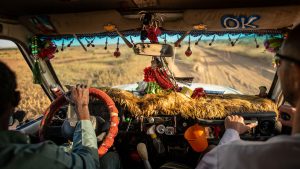[content_block id=21399]
Although there have been four churches planted in the Timu Forest, Uganda, there are few true believers. Many gospel sharing missions into the Ik territory have occurred, but hardly any discipleship has been implemented to develop new converts into mature believers.
As a result, there is a lot of syncretism – the mixing of old beliefs with Christianity – among those who have accepted the good news. For example, church leaders will sacrifice goats to the local spirits, but will also claim the sacrifice is to honour Jesus. This is not helped by the fact that the Ik don’t have the Bible in their own language, and very few are educated (it is estimated that only 3% are literate). Combined with a lack of discipleship, this means that many of the Ik have hardly any real knowledge of who the God of the Bible is, and what Jesus’ death means and has accomplished.
Who are the Ik?
The Ik live in the northeast corner of Uganda. Believed to be one of the first inhabitants of that area, they are a small group, numbering between 7,000 and 11,000. Their corner of Uganda consists of a tiny ridge. To one side is a 3,000 foot drop into neighbouring Kenya. To the other sides they are bordered by the aggressive Karimojong people of Uganda and the Turkana from Kenya. Existing in the middle ground, the Ik are subsistence farmers.
A genuine interest
But despite all the barriers to them receiving the gospel, the Ik have shown a genuine interest in knowing more about Jesus; who he is and what he has done. They now need people to go, learn their language, and share the Word of God with them.
In the summer of 2016 a Training in Ministry Outreach (TIMO) team began ministry among the Ik. Realising the issues outlined above, their first priority and largest project was ensuring that the Ik had access to the Word of God. This would mean church leaders could teach with more confidence and greater understanding of the gospel they were preaching. So, the team embarked on creating a chronological Bible story set. They chose 25 Bible stories from the Old and New Testament, concentrating on showing who God is, who Jesus is, and why the Ik (and all of us) are in need of a saviour. These stories could then be used for evangelism and discipleship as the team developed various ministry platforms.
The word of God remains
One of the team, who is a doctor, worked with the village health teams not only to provide healthcare training, but to share the chronological Bible stories with them. Another team member led children’s programmes in the village and at one of the local churches. Another worked to translate the Jesus Film into the local language and taught at one of the local schools. Another taught Icetod (the Ik language) literacy. Two team members ran an after school programme where they led games, songs and told Bible stories from the set created by the team. Other team members spent time visiting all those who showed an interest in knowing about Jesus, and discipling those who’d received him as Lord and Saviour. As the TIMO team’s term comes to an end, they leave knowing that the Ik are now engaging with the transformative Word of God.




